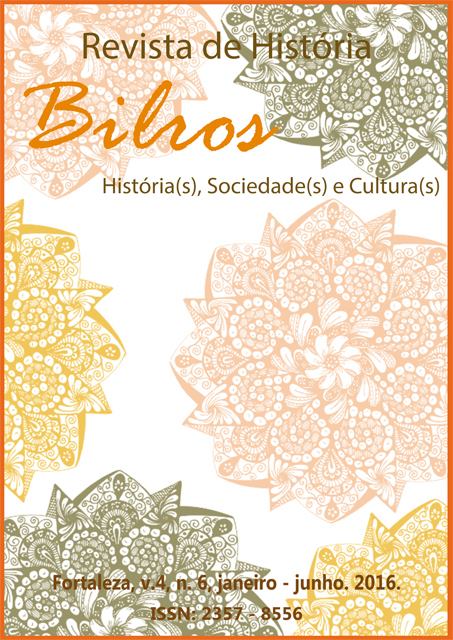THE LITURGY OF THE GOOD DEATH
FUNERAL PRACTICES AND REPRESENTATIONS ON THE TESTAMENTS FROM THE PARISH OF PIRAI, RJ (1830-1850)
Keywords:
Well-dying Manuals, Practices and Representations, Catholic Church, Testaments, PiraíAbstract
For a long while, the death in Catholic West has been a monopoly of Church, which used to appropriate it as a pedagogical tool of Christian faith. The pedagogy of fear has disciplined the funeral practices and sensibilities; through the “good dying”, the “good living” was taught to the Christians. In this context the canon laws and the so-called “good death manuals” have elected the testaments as privileged instruments at Christian death representation. From mere transmission instruments of inheritance, the testaments became apparatuses of salvation of soul. This study intends to analyze the permanence of the salvific character on the testaments from mid-nineteenth century, taking as case study the Parish of Piraí, located in the Fluminense Paraiba Valley.
Published
How to Cite
Issue
Section
License
Copyright (c) 2022 Aguiomar Rodrigues Bruno, Geovani Dias Pereira

This work is licensed under a Creative Commons Attribution-NonCommercial 4.0 International License.






